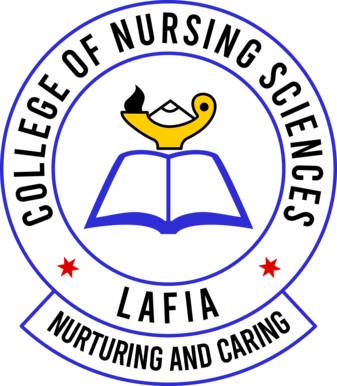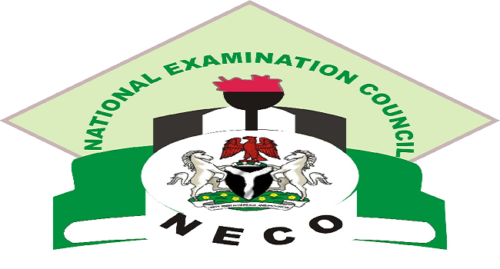Physics Keypoints: Conduction of Electricity Through; This study material is suitable for students sitting for the following exams: JAMB, WAEC, NECO, GCE, IJMB, and JUPEB.
Read other physics keypoints here
The conduction of electricity through various media, including liquids and gases, is a fundamental concept in physics and chemistry.
Physics Keypoints: Conduction of Electricity Through
This comprehensive article aims to provide in-depth explanations of the key topics related to the conduction of electricity through liquids and gases, facilitating a thorough understanding for A-level students.
(a) Conduction of Electricity Through Liquids
(i) Electrolytes and Non-Electrolytes
Electrolytes are substances that, when dissolved in a solvent, such as water, dissociate into ions, which are electrically charged particles. These ions facilitate the conduction of electricity. Examples of electrolytes include salts, acids, and bases. In contrast, non-electrolytes are substances that do not dissociate into ions when dissolved and, as a result, do not conduct electricity. Typical non-electrolytes include sugar and ethanol.
(ii) Concept of Electrolysis
Electrolysis is a chemical process that employs an external electric current to drive a non-spontaneous chemical reaction. It is utilized to separate compounds into their constituent elements or ions. For instance, water can be electrolyzed to produce hydrogen and oxygen gases.
(iii) Faraday’s Laws of Electrolysis
Faraday’s First Law of Electrolysis states that the amount of substance deposited on an electrode during electrolysis is directly proportional to the quantity of electricity passed through the solution.
Faraday’s Second Law of Electrolysis asserts that the masses of different substances deposited by the same quantity of electricity are in the ratio of their chemical equivalents.
(iv) Application of Electrolysis
Electrolysis has numerous practical applications, including:
- Electroplating: This process involves depositing a layer of metal onto another object, often for protection, decoration, or to modify its properties.
- Calibration of Ammeters: Faraday’s laws are employed to calibrate ammeters, devices used to measure electrical current.
(b) Conduction of Electricity Through Gases
(i) Discharge Through Gases (Qualitative Treatment Only)
Discharge through gases is a phenomenon in which electric current flows through a gas medium. It includes the generation of electrical discharges like sparks and lightning. The behavior of electric discharges through gases can be complex and varies depending on factors like gas composition, pressure, and voltage.
(ii) Application of Conduction of Electricity Through Gases
The conduction of electricity through gases finds applications in a range of technologies, including:
- Lightning Rods: Lightning rods are designed to conduct electrical discharges, such as lightning strikes, safely to the ground to prevent damage to buildings and structures.
- Neon Signs: Neon signs use the conduction of electricity through gases to create colorful and eye-catching displays by passing electricity through various gases, which emit distinct colors when ionized.
- Gas Discharge Lamps: Devices like fluorescent lamps and neon lights rely on the conduction of electricity through gases to produce light.
By exploring these topics in-depth, A-level students can gain a comprehensive understanding of the conduction of electricity through different media, including electrolytes and non-electrolytes in liquids and the phenomenon of electric discharge through gases. Moreover, they can appreciate the real-world applications of these principles in various technologies and industries.












